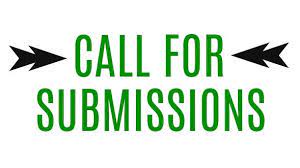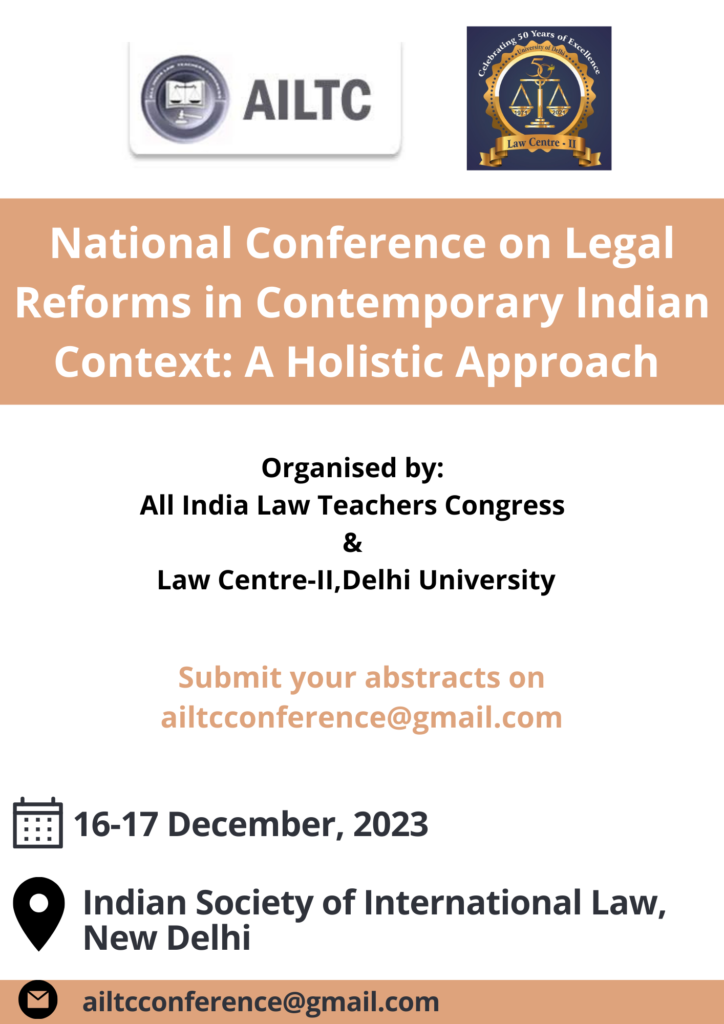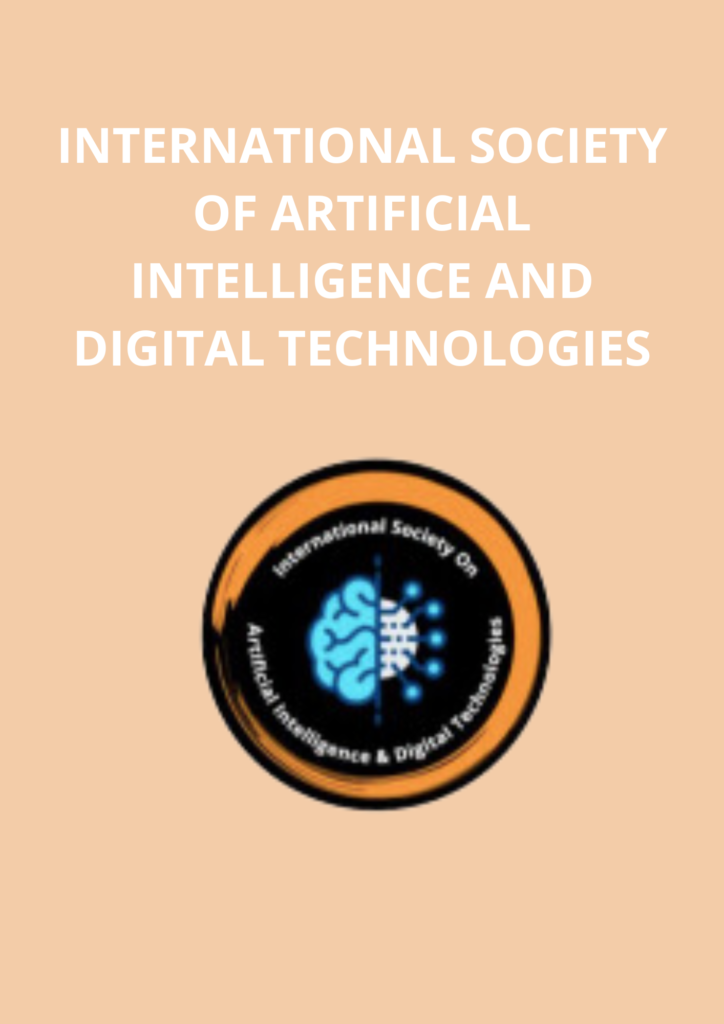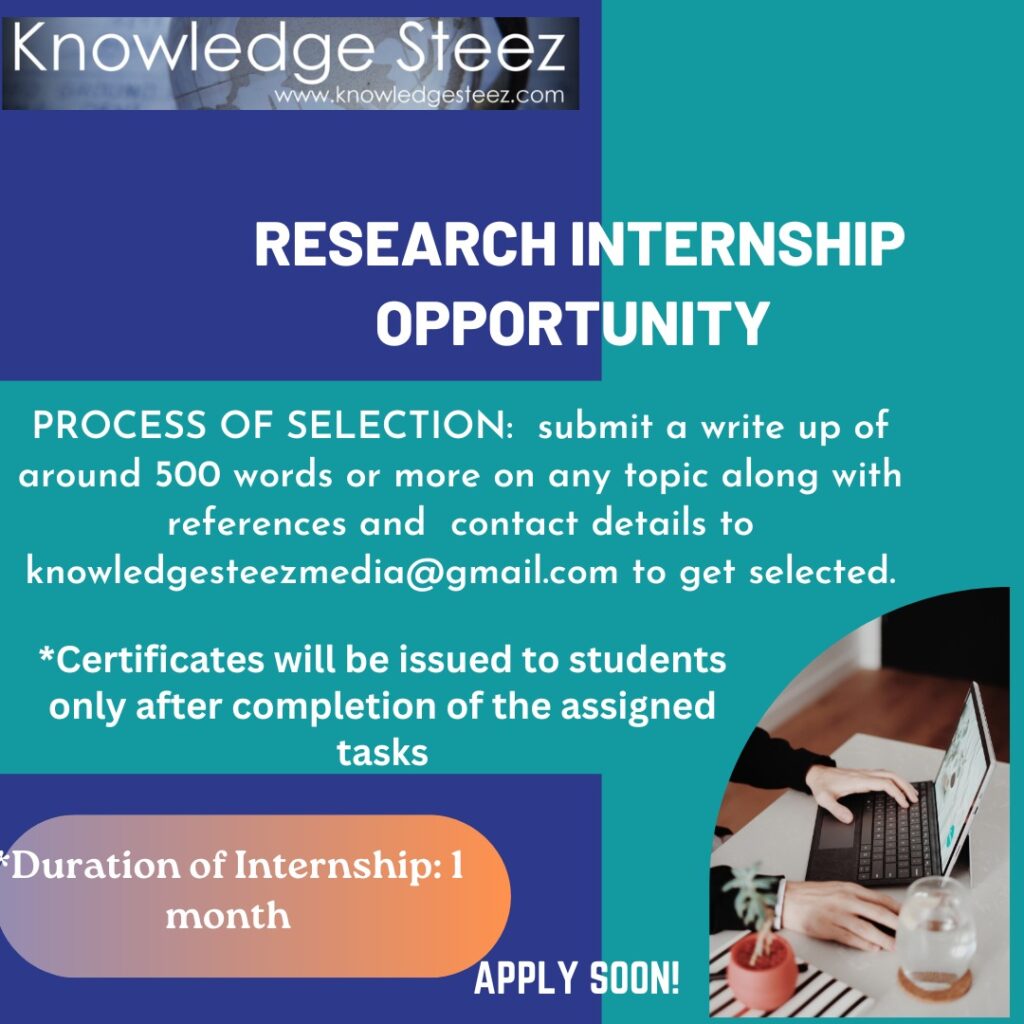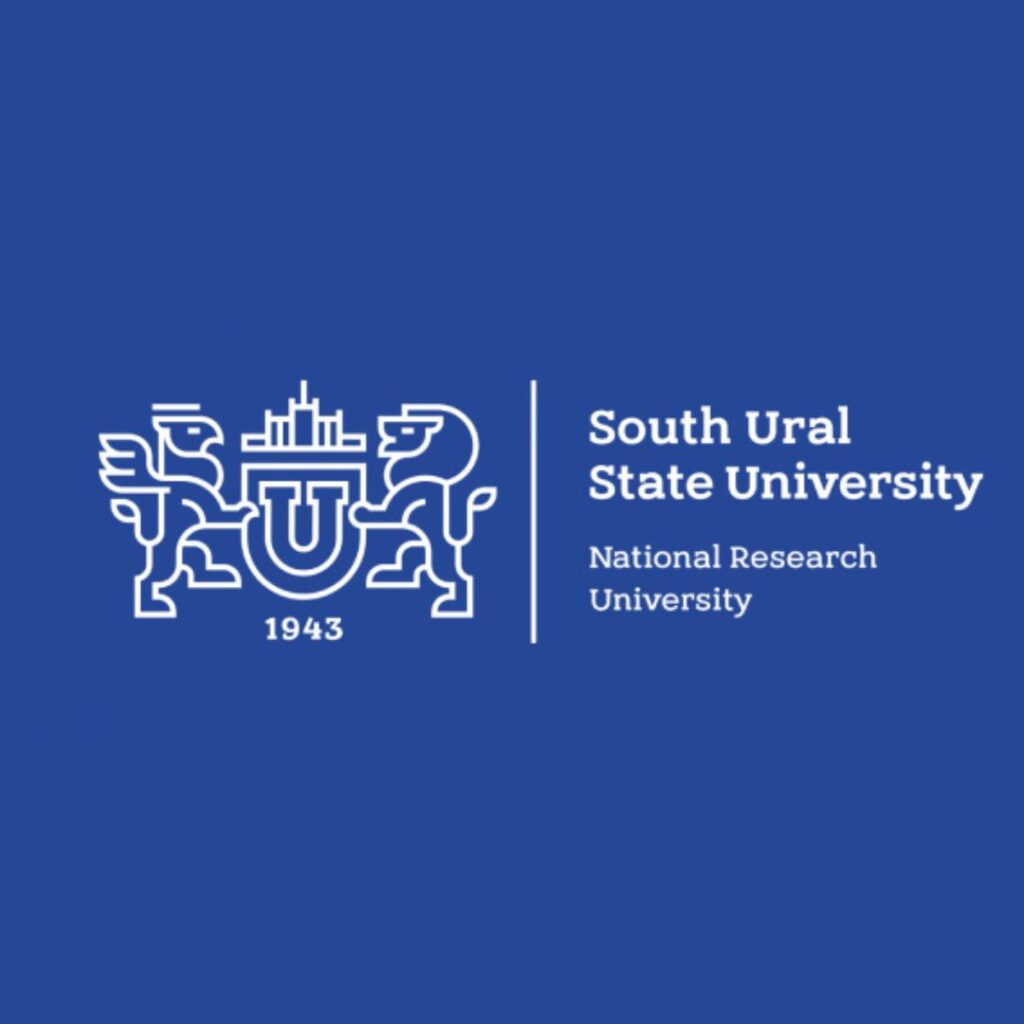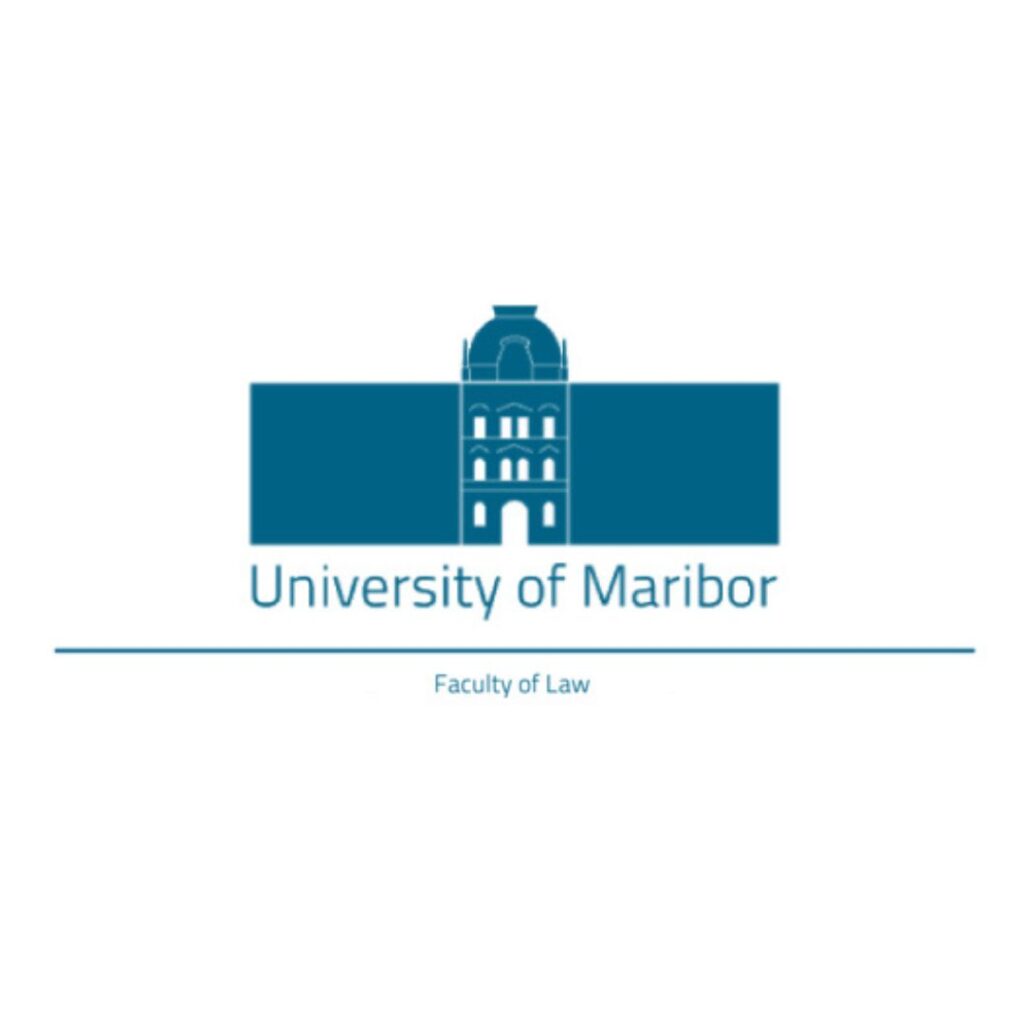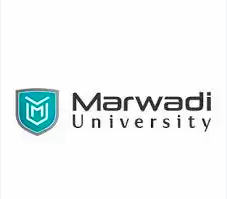Submission Requirements
- LANGUAGES OF PUBLICATIONS
Publications are submitted in Ukrainian, Russian or English, but certain elements are submitted in several languages.
- METHODS OF SUBMITTING MATERIALS
The author (or one of the authors, if the publication was prepared by several authors) can submit materials electronically on the publication’s website through the OJS platform (link).
- ARTICLE’S DESIGN
3.1. Basic technical requirements:
– main document format – only DOC or DOCX;
– the volume of the main text – from 4000 to 6000 thousand words;
– font – Times New Roman 14 point (all elements);
– line spacing – 1.5;
– fields of the document: on the left – 25 mm, the rest – 20 mm; indent before and after the paragraph – 0;
– paragraph indent – 1.25
– transfers are not used;
– it is necessary to clearly differentiate dashes (-) and hyphens (-);
– it is forbidden to seal or thin the spaces between the letters;
– it is forbidden to reflect paragraphs by tabs or multiple spaces;
– one space is used between words (it is forbidden to dilute words with several spaces);
– quotation marks of the “” format are used;
– an inseparable space is placed between the initials and the surname (Ctrl + Shift + space).
– requirements for the submission of formulas, figures, tables can be determined separately in the submission process.
3.5. Abstract’s Requirements
In general, the abstract should be descriptive, including the purpose of the work, the characteristics of the article, its results and the conclusions drawn from the results of the study.
The presentation of the material in the annotation should be concise and accurate, informative, meaningful, structured. The text should use syntactic constructions inherent in the language of scientific and technical documents, avoid complex grammatical constructions, use standardized terminology. It is necessary to adhere to the unity of terminology within the annotation.
Abbreviations and symbols, in addition to those commonly used in scientific and technical texts, are used in exceptional cases or give their definition when first used.
Distinguish between the usual annotation (includes information about the main ideas and conclusions of the study) and extended (should be detailed information about the content and results of the study, taking into account the list of methods used during the writing of the article).
In the case where the annotations are prepared with gross violations of the established requirements, the publication of research results may be delayed by the editorial board until the author eliminates the violations, which he is notified in writing or orally immediately after their detection.
Languages and volumes of abstracts. The language of the publication provides the usual annotation (volume from 80 to 100 words). The same annotation is submitted in Russian if the language of publication is Ukrainian or English, or in Ukrainian, if the language of publication is Russian. The extended annotation is submitted at the end of the article in the language of publication for further translation by the editorial staff in English (if the language of publication is Ukrainian or Russian) or in Ukrainian (if the language of publication is English). The volume of the extended annotation should be 250-300 words (excluding transliteration of the surname, initials of the author, translation of the research title and keywords).
The text of the annotation should be written in Times New Roman font, 14 points, spacing – 1.5.
Abstract’s structure. The abstract in general should have the following structure: surname, initials of the author (authors through a comma), the title of the study, the text of the annotation, keywords.
The surname and initials of the author are given in the form as indicated in the relevant language in the passport. In the absence of an English-language passport, the rules of transliteration given in the table of transliteration of the Ukrainian and Russian alphabets into Latin here are used.
The text of the extended abstract should also contain a list of methods used by the author (s) when writing the article.
Key words. At the end of each annotation, the keywords are given in the appropriate language. A keyword is a word or a stable phrase, which from the point of view of information retrieval carries a semantic load and describes the topic of the article. The set of keywords should reflect the main content of the scientific work; they must be specific in their subject area, meaningful and unique. The number of keywords is from 5 to 8. Keywords are given in the nominative case, printed in a line through a comma. Abbreviations should be avoided (only common abbreviations are allowed), as keywords will be used for indexing. Keywords should be written in Times New Roman font, 14 points, comma.
For more information check the link

